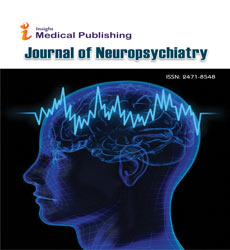Abstract
How Data from Combined Neuroimaging Help Neural Networks Decoding
Neuroscience has focused on the implementation of computation, studying multi complex dynamic neural networks. In machine learning (ML), however, artificial neural networks tend to find each single pattern and decode this dynamics or circuits in favor of brute force optimization of a cost function, often using simple and relatively uniform initial architectures. However there are some challenge need to be addressed in neurocince such as, the very dense and overlapping interconnectedness among 302 neurons of C. elegans which are mapped the “wiring diagram,” or connectome. Plus their ability to signal each other via chemicals called neuromodulators, means that one can hardly just look at the connectome and discern how it switches between different states of behavior.One more example is an algorithm based on machine learning could help predict whether patients will develop delayed cerebral ischemia (DCI) with aneurysmal subarachnoid hemorrhage (aSAH), according to findings presented at the Neurocritical Care Society annual meeting. Furthemore, due to spatial information about changes in cortical activation patterns and the rapid temporal resolution of bioelectrical changes, more features correlated with brain activation and connectivity can be identified when using fused EEG-fNIRS, thus leading to a detailed understanding of neurophysiological mechanisms underlying motor behavior and impairments due to neurological diseases.
Author(s):
Maryam Sdaeghi
Abstract | Full-Text | PDF
Share this

Google scholar citation report
Citations : 37
Journal of Neuropsychiatry received 37 citations as per google scholar report
Abstracted/Indexed in
- Google Scholar
- China National Knowledge Infrastructure (CNKI)
- Secret Search Engine Labs
- Euro Pub
Open Access Journals
- Aquaculture & Veterinary Science
- Chemistry & Chemical Sciences
- Clinical Sciences
- Engineering
- General Science
- Genetics & Molecular Biology
- Health Care & Nursing
- Immunology & Microbiology
- Materials Science
- Mathematics & Physics
- Medical Sciences
- Neurology & Psychiatry
- Oncology & Cancer Science
- Pharmaceutical Sciences

